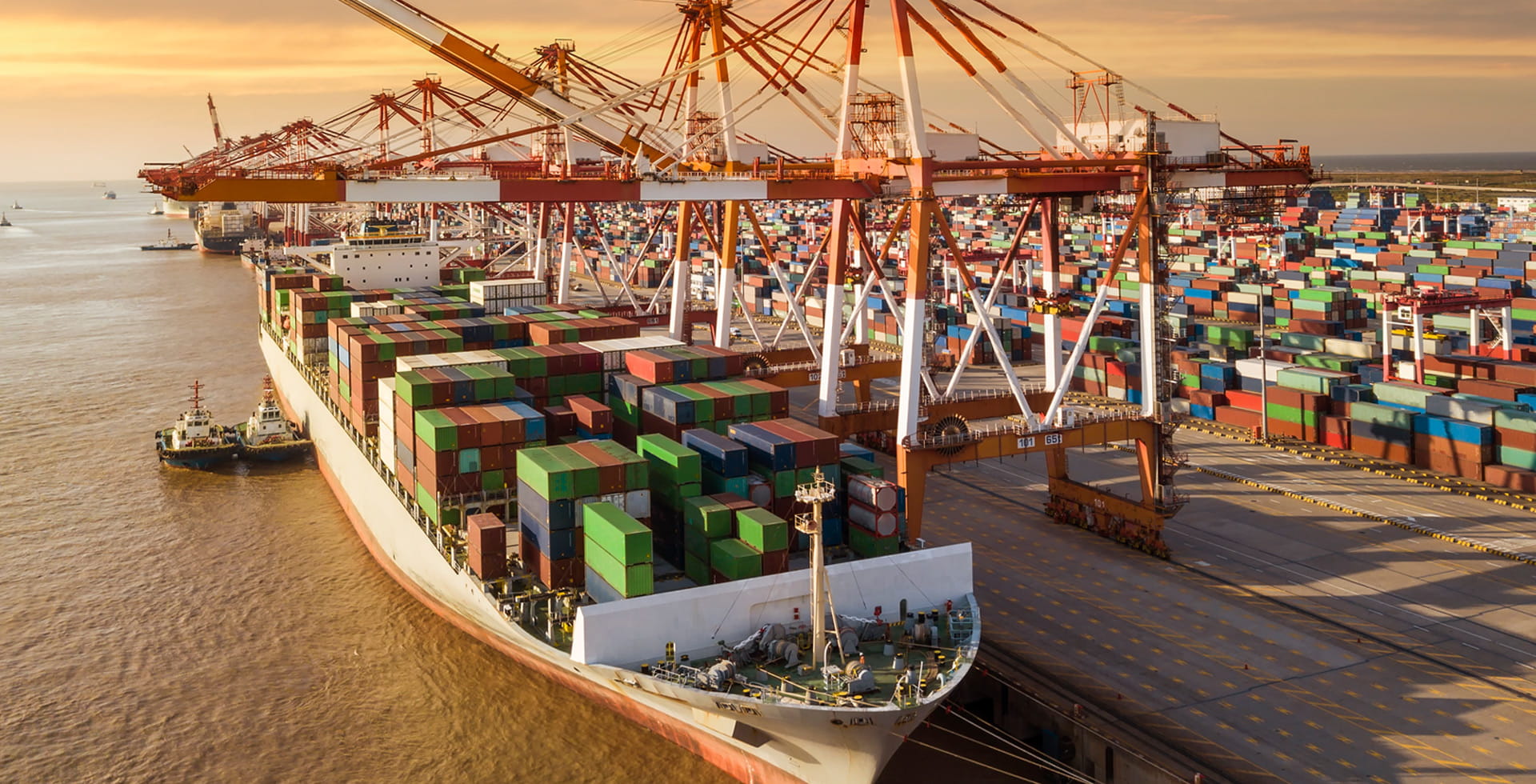Emerging markets need foreign investment as coronavirus spreads and capital flows out

Summary
Even as the developed world slowly comes to grips with the coronavirus outbreak, the struggle in emerging markets is just beginning, and many foreign investors have grown wary. Social distancing and other containment measures are creating significant risks to EM economies. Still, some countries – including Russia, Brazil and China – could be set to rebound when capital begins flowing back in.
Key takeaways
|
Emerging markets are battling coronavirus as foreign investors pull capital
In response to the coronavirus pandemic, many emerging market (EM) countries are implementing national lockdowns that are having dramatic effects on their citizens and economies. The virus is also threatening to overwhelm EM healthcare systems, many of which are more fragile than those of developed nations. All this is worrying foreign investors, who helped support a public and private borrowing boom during the last decade. As the accompanying chart shows, foreign capital outflows from the coronavirus crisis are even more pronounced than the ones triggered by previous crises.
Coronavirus has already triggered bigger investment outflows than other crises
Accumulated non-resident portfolio flows to EMs since indicated date (USD bn)

Source: International Institute of Finance (IIF), AllianzGI Global Economics & Strategy. Data as at April 2020.
This is putting significant pressure on the balance of payment – the amount of money flowing in and out of countries – and is likely leading to a significant drawdown of the foreign exchange reserves that EM countries hold. (Positive capital flows coming into EM countries provide vital amounts of foreign currencies, particularly US dollars.)
Moreover, years of “loose” monetary policy (including low interest rates) have lifted public and private debt levels in EMs – particularly in China. According to April 2020 data from the Bank for International Settlements, US dollar-denominated debt for all EMs (including China) is close to USD 4 trillion, and the ratio of government debt to GDP for all EMs (excluding China) is at the highest level in decades. In addition, many EM countries are paying more just to service this debt. Approximately USD 730 billion in EM debt needs to be refinanced in 2020, according to the International Institute of Finance, and more than 80% of it is in US dollars. Relying so much on foreign-denominated debt creates significant liquidity and solvency risk for many EM companies and governments, while leaving them more exposed to sudden shifts in global risk appetites.
So even as EM countries are battling a historic pandemic and searching for ways to extend a significant financial lifeline to businesses and families, they also need to find new sources of external funding. This creates opportunities for foreign investors, although it’s important to be active and selective in choosing where to invest.
Fortunately, outside support from major institutions is already on the way – including nearly USD 1 trillion from the International Monetary Fund (IMF). However, this is just a portion of the USD 2.5 trillion that the IMF says is needed to stabilise EM economies. More than 90 of the IMF’s 189 members have asked for financial assistance since the start of the coronavirus outbreak – the largest number of such requests in the 75-year history of the IMF.
Significant fiscal and monetary policy coordination needed to mitigate the damage
For EM economies to recover, there must not only be effective efforts to contain the virus, but fiscal and monetary policies that limit lasting economic damage. So far, EM countries have launched sizable policy responses, though the extent varies significantly across countries. For example:
- Brazil announced a comprehensive fiscal package worth around 3.6% of GDP.
- Chile approved an even bigger fiscal stimulus package, at 4.8% of GDP.
- Poland announced fiscal stimulus measures totalling 9% of GDP.
- Indonesia says it will breach previous fiscal spending limits and allow the deficit to rise to 5% of GDP.
- For comparison purposes, the US has adopted spending packages equivalent to 8.3% of GDP, plus additional guarantees and loans worth 2.4% of GDP. But the European Union is outspending them all, recently announcing fiscal packages (including loans and guarantees) worth almost 21% of GDP.
Central bank monetary policy in EMs is the most expansionary of the last 15 years, with EMs cutting interest rates more than 20 times in March 2020 alone, according to our research. In addition, EM central banks from Poland to South Africa are implementing the kind of unconventional monetary policy measures that industrial countries have been using for years. While monetary policy cannot do much to buffer supply and demand shocks, it still plays an important role by providing liquidity to companies and reducing financial risks.
Considerations for investors
- We can’t predict the impact of the coronavirus on EM economies, but risks seem to be rising.
- The most immediate impact has been felt in the services sector, but also in manufacturing as containment measures shut down industrial activity and disrupted global value chains.
- EM debt investors should be wary of countries that are more dependent on external capital. For example, Turkey needs to refinance large amounts of foreign-currency debt, and countries in the Middle East and Africa (many of which are large oil exporters) have currencies pegged to those of developed nations. Instead, consider focusing on countries (such as Russia and Brazil) that are better able to pay their US dollar sovereign obligations, despite the sharp weakening of their currencies relative to other emerging markets.
- Capital outflows and widespread risk-aversion have made equity valuations more reasonable. EM equities are trading at a cyclically adjusted price-earnings ratio (CAPE) – our preferred way of valuing equities – that is far below historical averages. This implies that investors should be able to find attractive long-term values.
- Active investors can find good opportunities to be selective in EM countries as the world combats the coronavirus. While overall EM investment outflows will likely continue, the pace may slow or even reverse in some cases. For example, China’s equity market has attracted almost USD 10 billion of net fund inflows since the beginning of March 2020, according to fund flow data provider EPFR. However, it’s hard to assess whether this is temporary or part of a larger trend. But if there is a global economic recovery in the second half of the year, the outlook for emerging markets would likely improve as well.
Five ways the coronavirus could change how we think about sustainability

Summary
The coronavirus pandemic has highlighted core sustainability issues such as income inequality, poor healthcare and complex supply chains. As a result, sustainability is likely to become increasingly integral to asset managers’ investment processes and risk analysis. Here are five ways we think the crisis will affect investors.
Key takeaways
|





